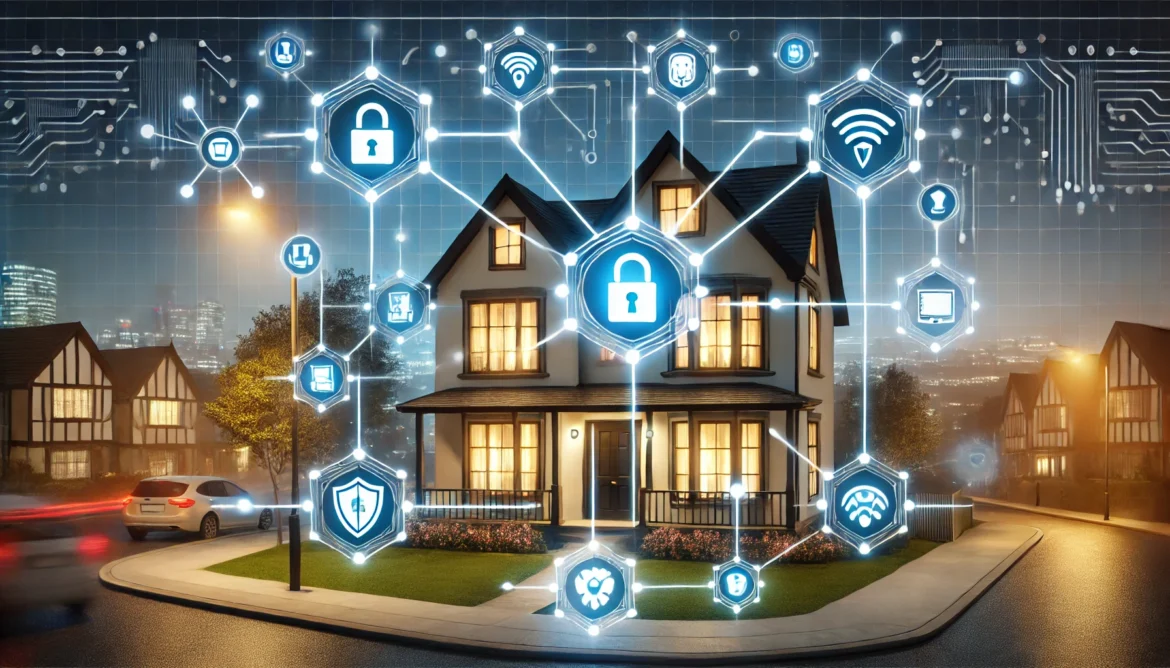Home Assistant is one of the most powerful home automation platforms available, but with great power comes great responsibility. Without proper security measures, your smart home setup can be vulnerable to cyberattacks. In this comprehensive guide, we’ll highlight the top five Home Assistant security vulnerabilities and provide actionable steps to secure your instance effectively.
Why is securing Home Assistant important?
With Home Assistant managing everything from smart lights to security cameras, a breach could expose personal data, grant unauthorized access to your home, or even allow attackers to control your devices remotely. Implementing these security best practices will ensure your system stays protected.
Disclaimer: This information is accurate at the time of publishing. Security best practices evolve, so always refer to the official Home Assistant documentation for the latest updates.
1. Avoid Exposing Home Assistant to the Internet (Close Open Ports)
Vulnerability:
Exposing Home Assistant to the internet via open ports makes your system susceptible to cyberattacks, including brute force attacks, credential stuffing, and zero-day vulnerabilities.
Solution:
- Use Home Assistant Cloud (Nabu Casa): This is the safest way to access your Home Assistant remotely without exposing ports.
- Set Up a VPN Instead of Port Forwarding: Use WireGuard or OpenVPN for secure remote access.
- Disable Port Forwarding: Remove ports like 8123 from your router’s settings.
- Use a Reverse Proxy with SSL: Secure your connection using Nginx, Caddy, or Traefik with SSL encryption.
2. Strengthen Login Security with Strong Passwords and MFA
Vulnerability:
Weak or default credentials are one of the most common ways attackers gain unauthorized access to Home Assistant.
Solution:
- Enable Multi-Factor Authentication (MFA): Use 2FAS.com to generate one-time passwords (OTP).
- Use a Complex, Unique Password: Ensure your password is at least 16 characters long.
- Disable Unnecessary Users: Remove default accounts or users that are no longer needed.
- Enforce IP Ban on Failed Logins: Configure Home Assistant to ban IPs after multiple failed login attempts.
3. Secure Third-Party Add-ons and Integrations
Vulnerability:
Some third-party add-ons may introduce security risks due to excessive permissions, outdated software, or unverified code.
Solution:
- Use Official Add-ons Whenever Possible: The Home Assistant add-on store features reviewed and actively maintained add-ons.
- Manually Review Add-on Permissions: Ensure add-ons do not require unnecessary privileges.
- Keep Add-ons Updated: Install the latest versions to prevent exploits.
- Audit and Remove Unused Add-ons: Reduce attack surfaces by uninstalling add-ons you no longer use.
- Verify the Developer’s Reputation: Check forums, GitHub repositories, and user reviews before installing community add-ons.
- Limit External API Calls: Ensure add-ons do not expose unnecessary data to third parties.
- Use HACS With Caution: Install only from well-known developers and monitor for updates.
4. Enforce SSL Encryption for Secure Communications
Vulnerability:
Without SSL encryption, data transmitted between your devices and Home Assistant can be intercepted by attackers.
Solution:
- Enable HTTPS with Let’s Encrypt: Use a free SSL certificate to encrypt your Home Assistant traffic.
- Use a Reverse Proxy for Security: Nginx, Caddy, or Traefik can enforce HTTPS.
- Disable HTTP Access: Modify your Home Assistant
configuration.yamlto enforce HTTPS-only access. - Implement a Firewall: Use UFW (Uncomplicated Firewall) or iptables to restrict access.
5. Keep Home Assistant and Dependencies Up to Date
Vulnerability:
Running outdated software increases the risk of security breaches.
Solution:
- Enable Automatic Updates: Set Home Assistant to check for updates regularly.
- Review Release Notes Before Updating: Check for breaking changes before applying updates.
- Backup Your System Regularly: Use Home Assistant’s snapshot feature or an external backup solution.
- Update Dependencies: Keep Python, Docker, and Supervisor up to date to prevent vulnerabilities.
Final Thoughts: Secure Your Smart Home Today!
Securing Home Assistant should be a top priority for any smart home enthusiast. By implementing these five security best practices—closing open ports, strengthening login security, auditing add-ons, enforcing SSL, and keeping your system updated—you can dramatically reduce the risk of cyber threats.
🚀 Want a hassle-free Home Assistant setup? Check out Pulcro.io TurnKey Mini PCs, preconfigured for smart home security and automation.
🔒 Stay safe and keep your Home Assistant protected!


